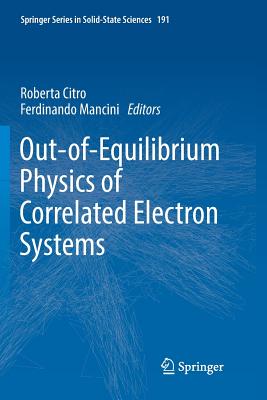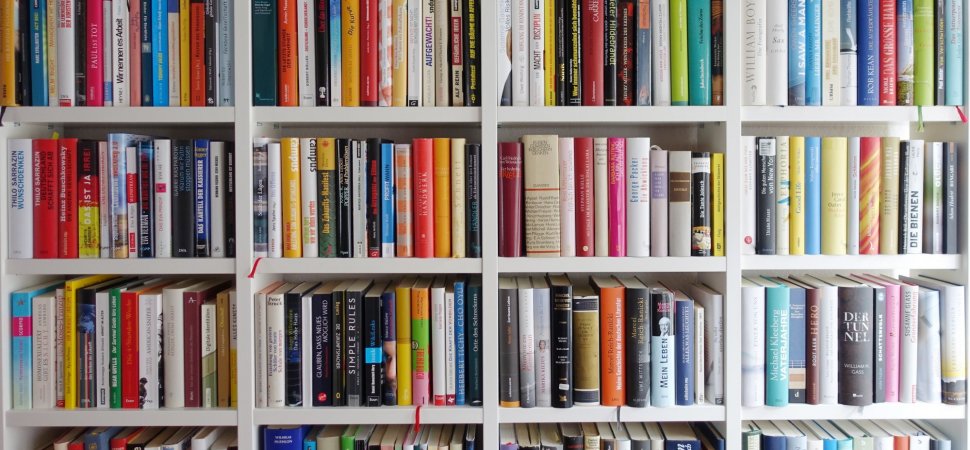You are here
Back to topOut-Of-Equilibrium Physics of Correlated Electron Systems (Paperback)
Description
Chapter I Prof. Enrico Arrigoni Institut f r Theoretische Physik Technische Universit t Graz Petersgasse 16, A-8010 Graz, Austria: Master equation versus Keldysh Green's functions for correlated quantum systems out of equilibrium" (i) Master Equation, Closed vs open quantum systems. System bath and reduced density matrix. (ii) Quantum operations, Kraus Operators, Markovian assumption, Lindblad master equation, dissipation. (iii) Solution methods for the many body case. Superfermion representation. (iv) Relation with Keldysh Green's functions. When is a bath Markovian? (v) How to treat the non Markovian case. Application to correlated quantum impurities and DMFT.
Chapter II Prof. Massimo Capone SISSA Via Bonomea 265, I-34136 Trieste - Italy "Towards an understanding of superconductors and correlated materials out-of-equilibrium: mean-field approaches" (i) Equilibrium Methods for Strongly Correlated Electrons: the Gutzwiller approxi
mation and Dynamical Mean-field Theory. (ii) The non-equilibrium Gutzwiller approximation. (iii) Strongly Correlated Systems in a constant Electric field: Dissipation and Dielectric Breakdown. (iv) Non-equilibrium dynamics of Superconductors. BCS superconductors, s-wave, d-wave and p+ip wave. (v) Pump and probe dynamics of High-temperature superconductors: A theorist's perspective.Chapter III Prof. Dr. Martin Eckstein Max-Planck-Institut f r Struktur und Dynamik der Materie Luruper Chaussee 149, Geb. 99 (CFEL), 22761 Hamburg Germany "Electronic structure of correlated materials out of equilibrium: non-equilibrium dynamical mean-field theory" (i) Keldysh formalism: Ultra-fast dynamics of correlated electrons: a) Basics of nonequilibrium Green's functions, the Keldysh contour, real-time path integrals and perturbation theory; b) Theoretical description of pump-probe experiments. (ii) Relaxation in many-body systems beyond kinetic equations: a) From nonequilibrium
Green's functions to kinetic equations; b) Photo-induced dynamics of systems with electron phonon coupling; c) From collisionless relaxation to thermalization: Nonthermal melting of a spin-density wave.(iii) Non-equilibrium dynamical mean-field theory: a) Introduction to dynamical mean-field theory (DMFT); b) The quantum impurity model out of equilibrium; c) The Mott-Hubbard metal-insulator transition out of equilibrium: How fast do quasiparticles emerge? (iv) Periodically driven systems: a) The Floquet theorem, band structure of periodically driven systems; b) Effective Hamiltonians of driven systems: Floquet Schrieffer-Wolff transformation; c) The time-periodic state: Floquet Green's functions, application to driven BCS superconductors. (v) Electrons and spins out of equilibrium: Magnetic exchange interactions in non equilibrium situations. Chapter IV Prof. Dr. Stefan Kaiser Max Planck Institute for Solid State Research Heisenbergstr. 1, 70569 Stuttgart Germany "U
ltrafast optical control of complex quantum materials" (i) Ultrafast Science & Technology: a) How do ultrafast lasers work? What is pump probe spectroscopy?; b) Which experimental techniques can probe the different dynamical properties? (ii) Photo-doping Dynamics in Correlated Electron Systems: a) How do correlations influence the quasiparticle dynamics?; b) On what time scales photo-induced phase transitions can occur? (iii) Non-equilibrium Dynamics of Collective Excitations in Complex Materials: a) What kind of collective excitations can be triggered by ultrafast light pulses; b) "Higgs-spectroscopy" and or vs Amplitudon-phason-dynamics. (iv) Non-linear Phononics and Optical Control of Superconductivity in Cuprates: a) Non-thermal Optical Control of Materials and Superconductivity; b) Coherent phonons and non-linear phonon interactions. (v) Control of Effective Correlations and Inducing Superconductivity in Organic Quantum Materials: a) Vibrational coup.About the Author
Ferdinando Mancini is Professor Emeritus of Structure of Matter of the Department of Physics, University of Salerno (Italy), and President of the "International Institute for Advanced Scientific Studies". During his very long career he has accumulated professional experience in Quantum Field Theory, Statistical Mechanics and Condensed Matter Physics focusing on Highly Correlated Systems, Superconductivity, Ferromagnetism and Heavy-Fermion Systems.Dr. Roberta Citro is an Associate Professor in Theoretical Physics at the Department of Physics of the University of Salerno (Italy). In recent years she has gathered professional experience in many-body techniques of low-dimensional systems and in quantum transport in nanostructures. She has extensive experience in the field of cold atoms systems, working on the problem of non-equilibrium dynamics of a Bose gas subjected to a time-dependent perturbation. She is an active member of the organizing committees of different internationalconferences, referee of APS, IOP and Nature Physics journals and deputy editor of EPL. She received the Italian Physical Society Award (1998) and a Fulbright Award (1999).

